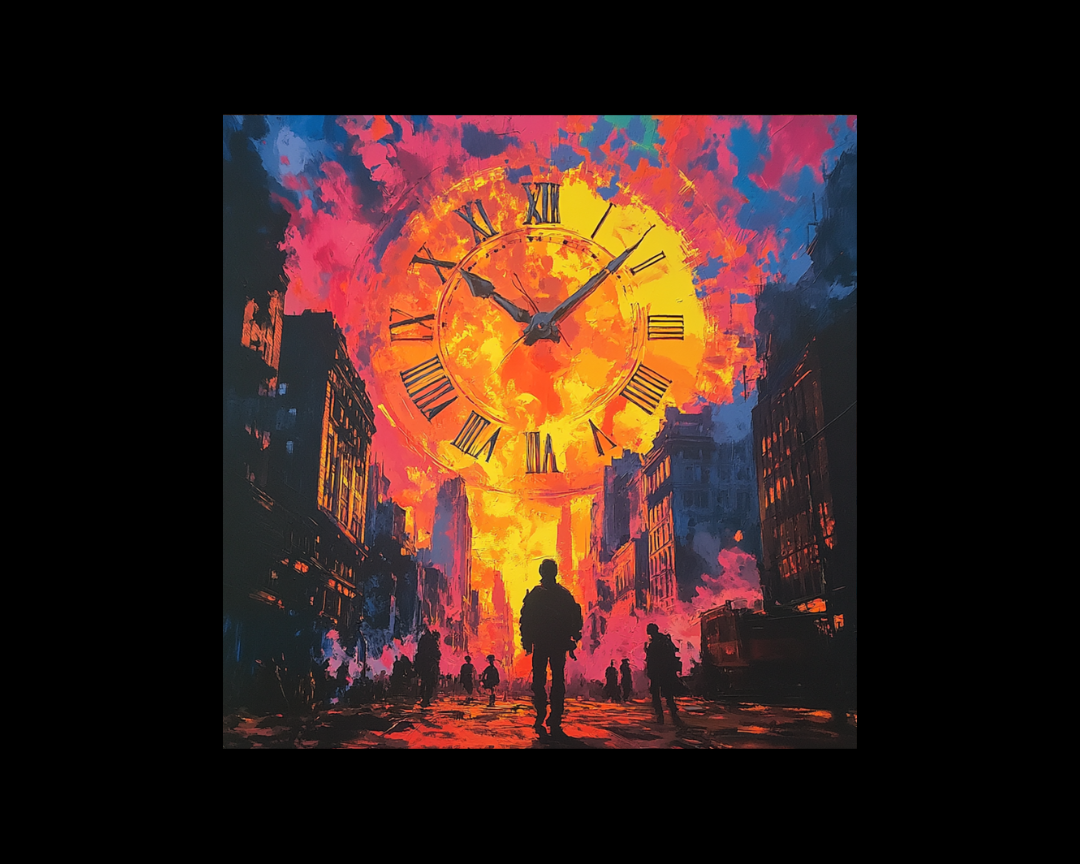How to Write a Novel in Past Tense
Choosing the right narrative tense is one of the first—and most important—decisions a novelist makes. While present tense has grown in popularity,...

Remember when video games were just pixelated characters bouncing across screens? Those days are long gone. Today's games feature complex narratives, multidimensional characters, and worlds so immersive you can almost feel the digital rain on your skin. While books and games might seem like opposing entertainment poles, the truth is that fiction writers have much to gain by studying how game designers hook and hold players.
We've spent countless hours both writing and gaming (it's research, we swear), and we've discovered that the storytelling techniques used in modern games can dramatically enhance your fiction. Whether you're crafting middle-grade adventures or literary masterpieces, these six game-inspired approaches will help you create more engaging, immersive stories.
Video games don't throw players into complex mechanics without preparation. Instead, they use tutorial levels to teach essential skills through guided experience rather than instruction manuals.
Great fiction works the same way. Rather than drowning readers in exposition, introduce your world's rules gradually through character interactions and consequences. J.K. Rowling didn't begin Harry Potter with a chapter explaining wand theory and magical genetics; she showed Harry discovering this world alongside the reader.
This approach is particularly crucial for science fiction and fantasy, where unique world rules must be established. Consider how The Hunger Games introduces its dystopian society not through history lessons but through Katniss's lived experience on reaping day.
When crafting your opening chapters, ask yourself: "What does the reader absolutely need to know right now?" Then introduce those elements organically through action and dialogue, saving deeper world exploration for when readers are already invested.
In games like The Last of Us or Red Dead Redemption 2, environments aren't just static backdrops—they're dynamic elements that affect gameplay, reveal story, and create emotional responses. The abandoned shopping mall in The Last of Us tells stories through graffiti on walls and items scattered across floors; each discovery adds depth to the world.
Your fiction can employ this same technique. Settings should actively shape your narrative, creating obstacles, providing opportunities, and revealing character. The foggy moors in Wuthering Heights aren't just pretty scenery—they physically and thematically mirror the wild, untamed spirits of Heathcliff and Catherine.
To enhance your setting:
According to a study published in the Journal of Narrative Theory, settings that actively engage with characters create 27% higher reader immersion than static backdrops. When your world pushes back against your characters—whether it's a physical environment or a social one—readers feel the struggle more deeply.
Games keep players engaged through carefully designed reward systems. Complete a difficult quest? Here's a legendary sword. Discover a hidden area? Unlock new story content.
Fiction can implement similar psychological rewards. Plant subtle clues early that pay off later. Introduce mysterious elements that find resolution at precisely the right moment. These "a-ha!" moments give readers the same dopamine hit as unlocking an achievement.
Consider how Agatha Christie plants subtle clues throughout her mysteries, allowing attentive readers to feel clever when they notice them. Or how The Sixth Sense rewards viewers with a paradigm-shifting revelation that recontextualizes everything that came before.
Creating these narrative rewards requires careful planning. Map out "achievement moments" where readers who've been paying attention receive special insight or emotional payoff. These moments create what game designers call "compulsion loops"—cycles of challenge and reward that keep audiences hooked.
Well-designed games gradually increase difficulty as players develop their skills. Early challenges teach basics while later levels test mastery, creating a satisfying progression curve that keeps players in what psychologists call "flow state"—that sweet spot between boredom and frustration.
Your fiction should follow this same curve. Begin with smaller challenges that establish character capabilities and gradually increase stakes until readers can't put your book down. This isn't just about physical danger but emotional risks as well.
Brandon Sanderson's "First Ideal" in his Stormlight Archive series provides an excellent example: "Journey before destination." The characters' challenges consistently escalate, but they maintain core principles through increasingly difficult trials.
When plotting your story, map out how challenges escalate. Each new obstacle should:
This progressive difficulty creates what game designers call "gating"—ensuring readers have the emotional and informational tools they need before facing the next challenge. For more on crafting escalating conflicts, read our article on Writing Conflict as a Story Engine.
Modern RPGs like Mass Effect and The Witcher series let players make consequential choices that significantly affect outcomes. These games create the feeling that the player's decisions truly matter—even when the overall narrative follows a predetermined path.
In fiction, this translates to character agency—giving protagonists meaningful choices that drive the plot rather than simply reacting to external events. When readers see characters making difficult decisions with real consequences, they become more invested in outcomes.
The best fictional choices:
Readers report significantly higher emotional engagement with stories where protagonists actively make difficult choices versus those where they merely react to circumstances.
This approach connects directly to what game designers call "meaningful play"—the idea that actions should have discernible and integrated consequences. When writing, ensure your character's choices ripple through your narrative in ways that make logical and emotional sense.
One distinctive feature of modern games is their "replay value"—elements that reward multiple playthroughs. Hidden areas, alternate endings, and subtle references create an experience that deepens with repeated engagement.
Great fiction employs similar techniques. Think of the subtle foreshadowing in Fight Club that becomes apparent only on a second reading, or how knowledge of the ending transforms your understanding of Atonement.
To create literary "Easter eggs" that enhance rereadability:
As William Faulkner noted, "The past is never dead. It's not even past." The best narratives are layered like archaeological sites—each reading uncovers new artifacts and connections.
Some of our favorite contemporary authors excel at this technique. Haruki Murakami fills his novels with symbolic elements that gain significance over time, while Donna Tartt crafts opening scenes in The Secret History and The Goldfinch that readers reinterpret completely by the final page.
For more on creating layered narratives, explore our piece on Palimpsest Fiction, which discusses stories that rewrite and layer over themselves.
The competition for attention has never been fiercer. Readers have countless entertainment options, from streaming services to immersive games. By incorporating these game-inspired techniques into your fiction, you create narratives that can compete in this crowded landscape—stories that hook readers early, reward their attention, and leave them wanting more.
Remember, though, that these techniques should enhance your unique creative vision, not replace it. Games and literature remain distinct mediums with different strengths. The emotional resonance of well-crafted prose, the intimate connection with character consciousness, and the transportive power of literary language remain uniquely powerful tools in a writer's arsenal.
Need help taking your storytelling to the next level? The team at Hire a Writer specializes in crafting compelling narratives that keep readers engaged from the first page to the last. Contact us today to discuss how we can help you create fiction that keeps readers coming back for another playthrough.

Choosing the right narrative tense is one of the first—and most important—decisions a novelist makes. While present tense has grown in popularity,...

In fiction writing, the art of keeping readers engaged is a delicate dance. Unwanted exits and narrative shifts are pivotal in shaping the reader's...
.png)
In storytelling, the contrast between a character's understanding and that of others, including the audience, is a potent narrative device. This...